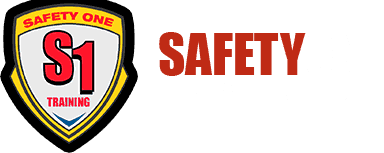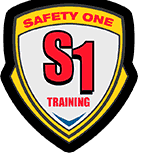15 Aug Snow Cat Preseason Inspection Tips
WINTER SNOW CAT TRANSPORT “SUCCESS” CAN BE DETERMINED RIGHT NOW!
AKA: You can do a simple inspection now or sit in a cold snow cat for 36 hours this winter!
OK. The kids are back in school, the vacations are over and after a few more weeks it will start to turn cold. This is the perfect time of year to complete your snow cat pre-season inspection. Yes it will take a couple of hours but it can save you from some of those memorable disasters we have all studied in our training.
Rolling Track Inspection
First, at this time of year there should be no ice on your tracks so a rolling track inspection on a nice asphalt driveway is a piece of cake, so now is the time!
- Watch for those rust lines on the belting by the grouser bars as you know what happens if you don’t take care of these.
- Locate hidden cracks and loose bolts. Remember from your basic snow cat operator certification it does not take Mozart’s ear to hear the problem bars.
OSHA and Manufacturer Inspection Points
If your manufacturer provided an inspection sheet be sure to start there. All certified operators know the OSHA inspection points and we have on our website both the Daily Snowcat Inspection Sheet and the Annual Snowcat Inspection Sheet available for your download.
Extra Precautions
Whichever list you work from, now is the time to perform a few extras also.
- Put that fuel dryer into the gas tank. HEAT is the brand most are familiar with and this will help with the moisture in your fuel tank.
- Look around inside the cabin for whatever is loose or could come loose in even a mild rollover event. Remember all the case histories we covered! When cargo is not secured disasters can and will occur! The most memorable one I have ever heard involved 6 guys, lots of construction gear and a Thiokol Super Imp 1450. Imagine a single roll onto its side after a loss of nose event on a steep hill out of a parking lot. Not too scary? Tell that to the guy who ended up with a circular saw with exposed blade that released in the roll and came to rest in his crotch, penetrating his Carharts but fortunately nothing else.
- Partition front/rear cabin with 1 inch nylon cargo strap webbing sewn into 4 inch squares. Remember to mount a knife in the rear for emergencies. Picture being stuck in a ditch in a LMC1500 with rear exit being blocked. The technician in the rear seat became highly motivated when the gasoline from rear deck tank started flowing into the floor of the rear passenger compartment! The knife made quick work of the webbing!
Final Thought
One final thought on this topic, I see many cats come to class with nice clear rear seat areas, however when an instructor lifts the rear seat which is typically not secured you see 175 pounds of sharp edged track jacks, tire irons, large wrenches and other things that could make a lasting “impression” in a rollover. Simple solution, have a secure way to hold the bottom of the rear seat down in the event of a roll over! If your travel situation requires the carrying of extensive gear get waterproof box for the inside or outside of the cabin.
Good luck with your inspections everyone. Remember the special unique points we covered in class for your specific type of vehicle and look at those also. Things like leaf spring retainers for 1404 and 1450 Imps, hairline cracks in the sprockets of LMC 1500 sprockets and the bottom weld on the pivot arms of Tuckers! If you have had a “tough” summer and can’t remember the specific unique inspection points for your type of cat just give me a call and we will walk you through them!
Safe Travels!
Arthur Seely



No Comments